Impact of anionic polyacrylamide on stability
Impact of anionic polyacrylamide on stability and surface properties of the Al2O3–polymer solution system at different temperatures Article (PDF Available) in Colloid and Polymer Science 294(9
ORIGINAL CONTRIBUTION Impact of anionic polyacrylamide on stability and surface properties of the Al2O3–polymer solution system at different temperatures Małgorzata Wiśniewska1 & Stanisław Chibowski1 & Teresa Urban1 & Dariusz Sternik2 & Konrad Terpiłowski3 Received: 29 March 2016/Revised: 11 May 2016/Accepted: 6 June 2016/Published online: 9 July 2016
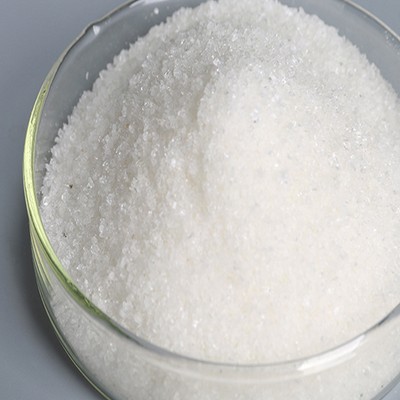
Effect of Anionic Polyacrylamide on the Structural
Taking the superfine tailings slurry (STS), fine tailings slurry (FTS), and unclassified tailings slurry (UTS) of a gold mine as examples, a series of laboratory shear tests were conducted to investigate the effect of anionic polyacrylamide (APAM) on the structural stability of the thickened tailings slurry in pipeline transportation.
Get Price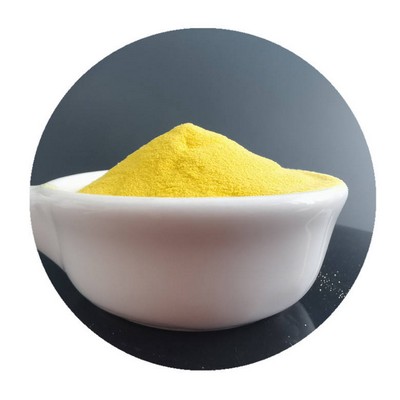
Impact of anionic and cationic polyacrylamide
Impact of anionic and cationic polyacrylamide on the stability of aqueous alumina suspension—comparison of adsorption mechanism Article in Colloid and Polymer Science 293(4) · April 2015
Get Price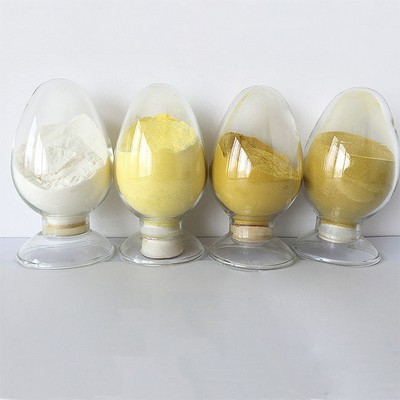
Impact of polyacrylamide with different contents
The main goal of experiments was determination of solution pH and contents of anionic groups in polyacrylamide (PAM) macromolecules on the stability mechanism of chromium (III) oxide suspension. The spectrophotometry, potentiometric titration, microelectrophoresis, viscosimetry and turbidimetry were applied.
Get Price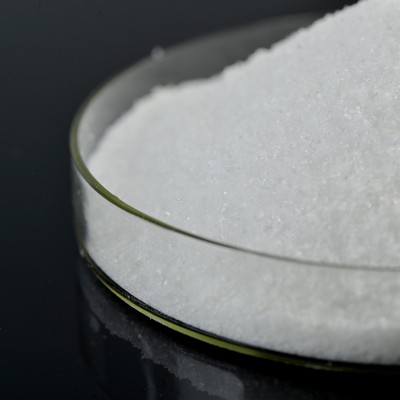
Impact of anionic and cationic polyacrylamide
In the present study, particular emphasis was put on the effects of the type of functional groups of anionic and cationic polyacrylamide (PAM) and solution pH on the mechanism of polymer adsorption on the surface of dispersed alumina. The polymer-adsorbed amount, surface charge density and zeta potential of solid particles without and with PAM, as well as the stability of Al2O3 suspension
Get Price
Polyacrylamide degradation and its implications
The hydrolyzed form of polyacrylamide (HPAM), a co-polymer of acrylamide and acrylic acid, is the most widely used anionic PAM in oil and gas development as well as in soil conditioning. 1,9,12,21
Get Price
Method and its Composition for encapsulation
Method and its Composition for encapsulation, stabilization, and delivery of siRNA in Anionic polymeric nanoplex: An In vitro- In vivo Assessment Nidhi Raval 1 Hardi Jogi 1
Get Price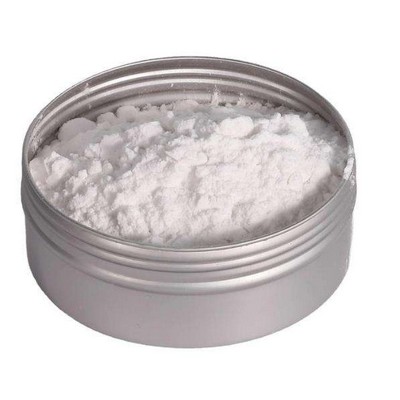
Investigating the effect of vetiver and polyacrylamide
Vetiver is a tropical perennial plant which is native to India and is naturally adapted to various altitudes, and a wide range of soil types and climatic conditions (Truong 2002). It has previously been shown that vetiver is successful for the control of soil erosion and improvement of land stability (Welle et al. 2006; Donjadee et al. 2010).
Get Price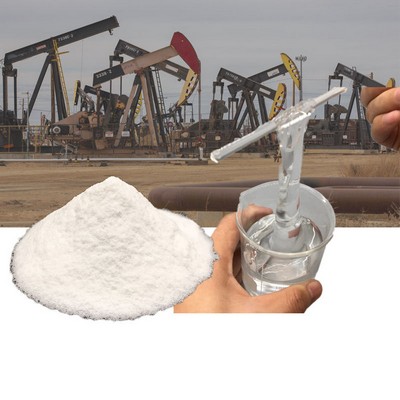
Price Anionic Polyacrylamide with decolorization
Impact of anionic polyacrylamide on stability and surface The stability mechanism and thermal properties of the system alumina–anionic polyacrylamide (PAM) was studied. The polymer’s adsorption properties in dependence on the following parameters solution pH (in the range 3–9), temperature (in the range 15–35 °C), and carboxyl groups
Get Price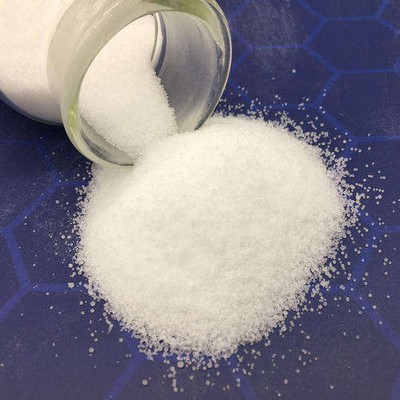
high effective gold mining chemicals anionic polyacrylamide
macromolecules plastic powder cationic polyacrylamide for . what applications for anionic polyacrylamide used in oilfield . Anionic polyacrylamide is a White or yellow powder non-toxic non-corrosive easily solubale in water mainly used as a selective flocculant for non-dispersed low solid phase water-based drilling fluid can help to reduce water losses improve drilling fluid rheological
Get Price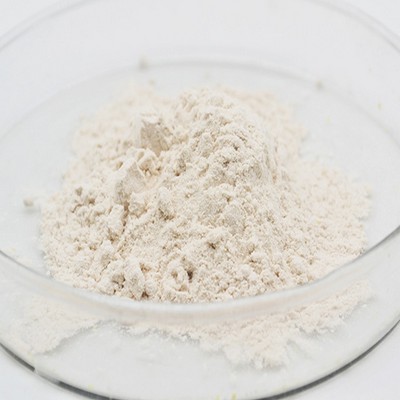
cationic polymer manufacturers, cationic polymer
Application of TONTEN TM anionic polyelectrolyte : - Polyacrylamide is an important water-soluble polymer, and it has both flocculation, thickening, shearing, resistance-reducing, dispersive and other valuable properties. Delivery time of TONTEN TM anionic polyelectrolyte : 3-7 days for sample order; 5-25 days after receiving payment for mass
Get Price
Academic Journal of Polymer science (AJOP) | Juniper
Academic Journal of Polymer science (AJOP) is a Journal which publishes state-of-the-art overview articles by internationally recognized authorities in polymer science and engineering. It covers all the areas of particular interest are biomedical applications,
Get Price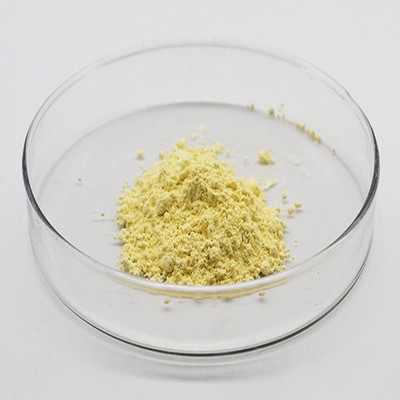
Biocides in Hydraulic Fracturing Fluids: A Critical Review
Biocides are critical components of hydraulic fracturing (“fracking”) fluids used for unconventional shale gas development. Bacteria may cause bioclogging and inhibit gas extraction, produce toxic hydrogen sulfide, and induce corrosion leading to downhole equipment failure. The use of biocides such as glutaraldehyde and quaternary ammonium compounds has spurred a public concern and debate
Get Price
top selling cationic surfactant polyacrylamide | China
Coacervate of Polyacrylamide and Cationic Gemini Surfactant. Coacervation in aqueous solution of the mixture of cationic ammonium surfactant hexamethylene-1,6-bis(dodecyldimethylammonium bromide) (12-6-12) and 10% hydrolyzed polyacrylamide (PAM) has been investigated.
Get Price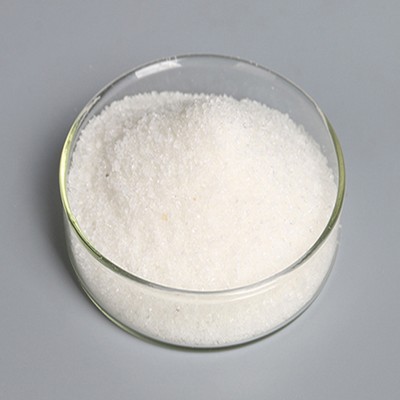
Method and its Composition for encapsulation
(A) Scheme showing encapsulation, stabilization, and delivery of siRNA in Anionic polymeric nanoplex. The developed siRNA-nanoplex imparts serum stability, avoids in vivo RNase degradation and mediates its cytosolic delivery following the endosomal escape. The endosomal escape leads to a selective siRNA release of loaded siRNA in the cytosolic region, and this phenomenon was facilitated by
Get Price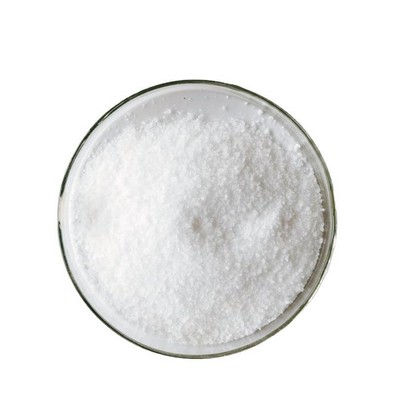
Investigating the effect of vetiver and polyacrylamide
Vetiver is a tropical perennial plant which is native to India and is naturally adapted to various altitudes, and a wide range of soil types and climatic conditions (Truong 2002). It has previously been shown that vetiver is successful for the control of soil erosion and improvement of land stability (Welle et al. 2006; Donjadee et al. 2010).
Get Price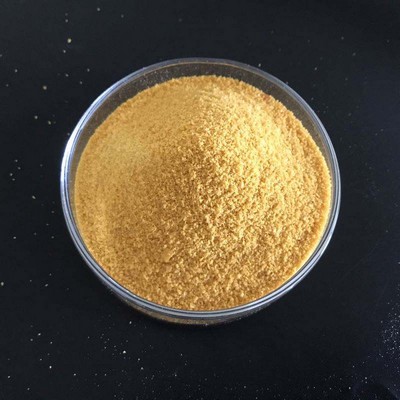
high effective gold mining chemicals anionic polyacrylamide
macromolecules plastic powder cationic polyacrylamide for . what applications for anionic polyacrylamide used in oilfield . Anionic polyacrylamide is a White or yellow powder non-toxic non-corrosive easily solubale in water mainly used as a selective flocculant for non-dispersed low solid phase water-based drilling fluid can help to reduce water losses improve drilling fluid rheological
Get Price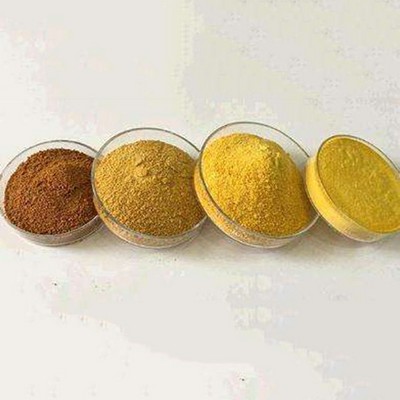
Academic Journal of Polymer science (AJOP) | Juniper
Academic Journal of Polymer science (AJOP) is a Journal which publishes state-of-the-art overview articles by internationally recognized authorities in polymer science and engineering. It covers all the areas of particular interest are biomedical applications,
Get Price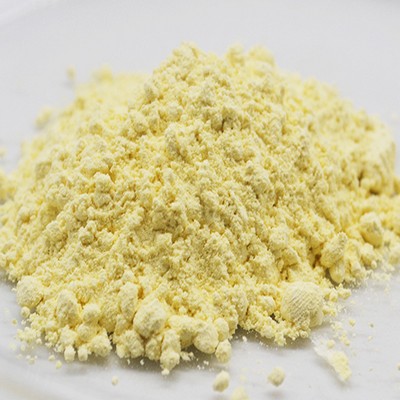
Characterization of shale–fluid interaction through a
This paper presents qualitative techniques for evaluating shale–fluid interaction. Undesirable shale–fluid interactions lead to wellbore instability, formation damage and other problems that cost the petroleum industry millions of dollars annually. A simple desktop test method, such as immersion testing, can help production engineers choose the appropriate shale inhibitors such as salt
Get Price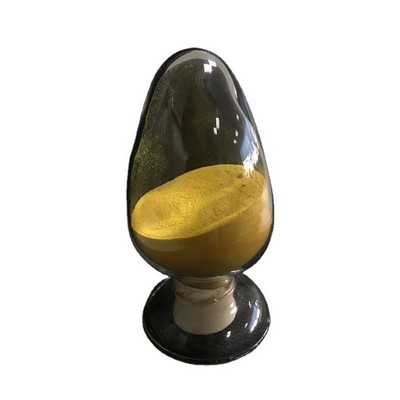
Biocides in Hydraulic Fracturing Fluids: A Critical Review
Biocides are critical components of hydraulic fracturing (“fracking”) fluids used for unconventional shale gas development. Bacteria may cause bioclogging and inhibit gas extraction, produce toxic hydrogen sulfide, and induce corrosion leading to downhole equipment failure. The use of biocides such as glutaraldehyde and quaternary ammonium compounds has spurred a public concern and debate
Get Price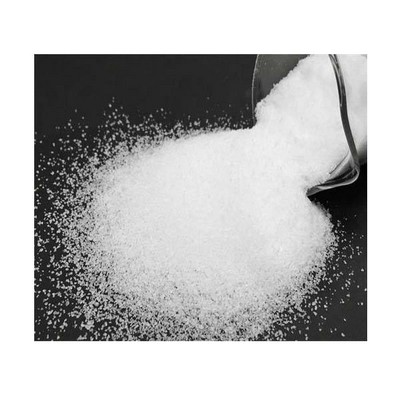
Oil Field Chemicals - Defoaming Chemicals for Oil and Gas
Anionic Polyacrylamide is broadly used for industrial and municipal waste water treatment, for enhancing oil refining, also as pulp and paper additives. Polymer viscosifiers added to drilling fluids are intended at expanding the consistency of water, oil, and chemical based drilling liquids. It also enhances the emulsion stability.
Get Price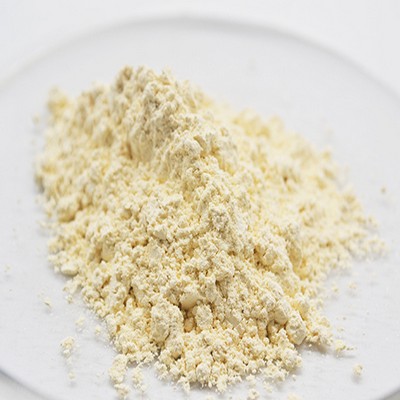
Sodium dodecyl sulfate
Sodium dodecyl sulfate (SDS) or sodium lauryl sulfate (SLS), sometimes written sodium laurilsulfate, is a synthetic organic compound with the formula C H 3 (CH 2) 11 SO 4 Na.It is an anionic surfactant used in many cleaning and hygiene products. This molecule is an organosulfate and a salt. It consists of a 12-carbon tail attached to a sulfate group, that is, it is the sodium salt of dodecyl
Get Price
Hybrid suspension of polymer and nanoparticles
Enhanced oil recovery (EOR) process is used to recover the oil left in the reservoirs after primary and secondary recovery methods. Polymer material plays an important role in oil recovery by decreasing the mobility ratio and through the mechanism of disproportionate permeability reduction. However, the application of polymer flooding for oil recovery is limited in high-temperature and high
Get Price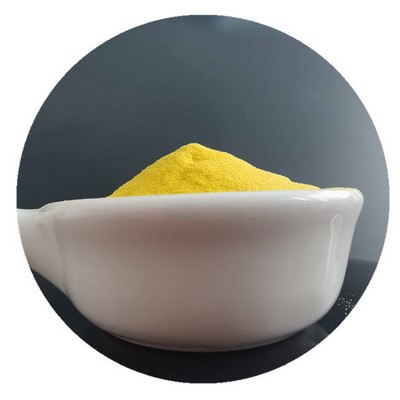
Investigating the effect of vetiver and polyacrylamide
Vetiver is a tropical perennial plant which is native to India and is naturally adapted to various altitudes, and a wide range of soil types and climatic conditions (Truong 2002). It has previously been shown that vetiver is successful for the control of soil erosion and improvement of land stability (Welle et al. 2006; Donjadee et al. 2010).
Get Price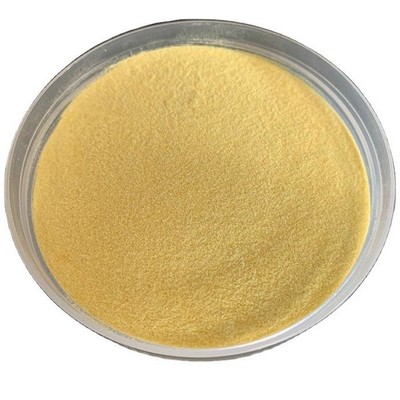
Destabilization And Treatment of Produced Water-Oil
The impact of the surface charge form, the density of polyacrylamides in turbidity -reduction, zeta potential, COD, FTIR, viscosity and volume of separated water were explored in this study. Different anionic polyacrylamide of different surface charge density were evaluated.
Get Price
Destabilization and Treatment of Produced Water-Oil
Different concentrations of both sulphates added into optimum concentration polyacrylamide selected from jar test were utilized, and at optimum dosage, anionic AN 934 PAM with aluminum sulphate at its optimum concentration was proved as the best way to reduce the residual turbidity compared with other additives mentioned in this research.
Get Price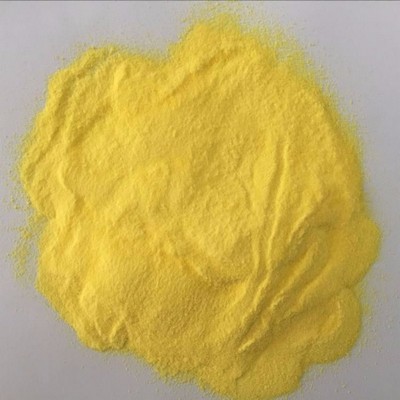
Techno Press
Then, model tests on vacuum preloading with anionic polyacrylamide (APAM) flocculation and without flocculants were carried out. The out of water and the settlement of slurry surface ground were monitored during the model tests, and the changes in water content, particle-size and pore-size distributions in different positions after the model
Get Price
Academic Journal of Polymer science (AJOP) | Juniper
Academic Journal of Polymer science (AJOP) is a Journal which publishes state-of-the-art overview articles by internationally recognized authorities in polymer science and engineering. It covers all the areas of particular interest are biomedical applications,
Get Price
Polyacrylamide market
Polyacrylamide gel electrophoresis is suitable for separation of molecules by size and can be applied in different systems subject to the sample and downstream…
Get Price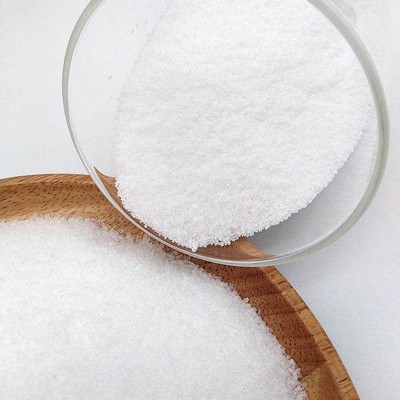
Water Soluble Polymer Flocculants: Synthesis
Water Soluble Polymer Flocculants: Synthesis, Characterization, and Performance Assessment. focusing on advances in synthesis, characterization, and performance assessment in solid–liquid separation in mineral on silver iodide), and ion bridging (anionic polyacrylamide on negatively charged clays with the help of divalent calcium
Get Price- How is native polyacrylamide gel electrophoresis performed?
- Native polyacrylamide gel electrophoresis is performed using 6% acrylamide gels in Tris‐boric‐EDTA (8.9 m M Tris base, 8.9 m M boric acid, 0.2 m M Na 2 EDTA) buffer, pH 8, as described by Laemmli (1970). Staining for GSNOR activity is carried out using a modification of the method reported by Seymour and Lazarus (1989) and Fernández et al (2003).
- How do you make a polyacrylamide gel?
- Prepare a 5x stock solution in 1 liter of H2O. The 1×working solution is 25 mM Tris-Cl/250 mM glycine/0.1% SDS. Use Tris-glycine buffers for SDS-polyacrylamide gels. 55°C. Assemble the glass plates according to the manufacturer’s instructions. Determine the volume of the gel mold (this information is usually provided by the manufacturer).
- What is a polyacrylamide gel?
- Polyacrylamide gels are composed of a mix of polyacrylamide and bis-acrylamide, which form a crosslinked polymer by the polymerizing agent ammonium persulfate (APS) and the catalyst TEMED (N,N,N,N´-tetramethylenediamine).
- What is non-denaturing polyacrylamide gel electrophoresis (native PAGE)?
- Non-denaturing polyacrylamide gel electrophoresis (Native PAGE) is the polyacrylamide gel electrophoresis of proteins without the addition of denaturants such as SDS. You might find these chapters and articles relevant to this topic. Weimin Sun Ph.D., ABMG, CGMB, CLSP (MB), in Molecular Diagnostics, 2010








